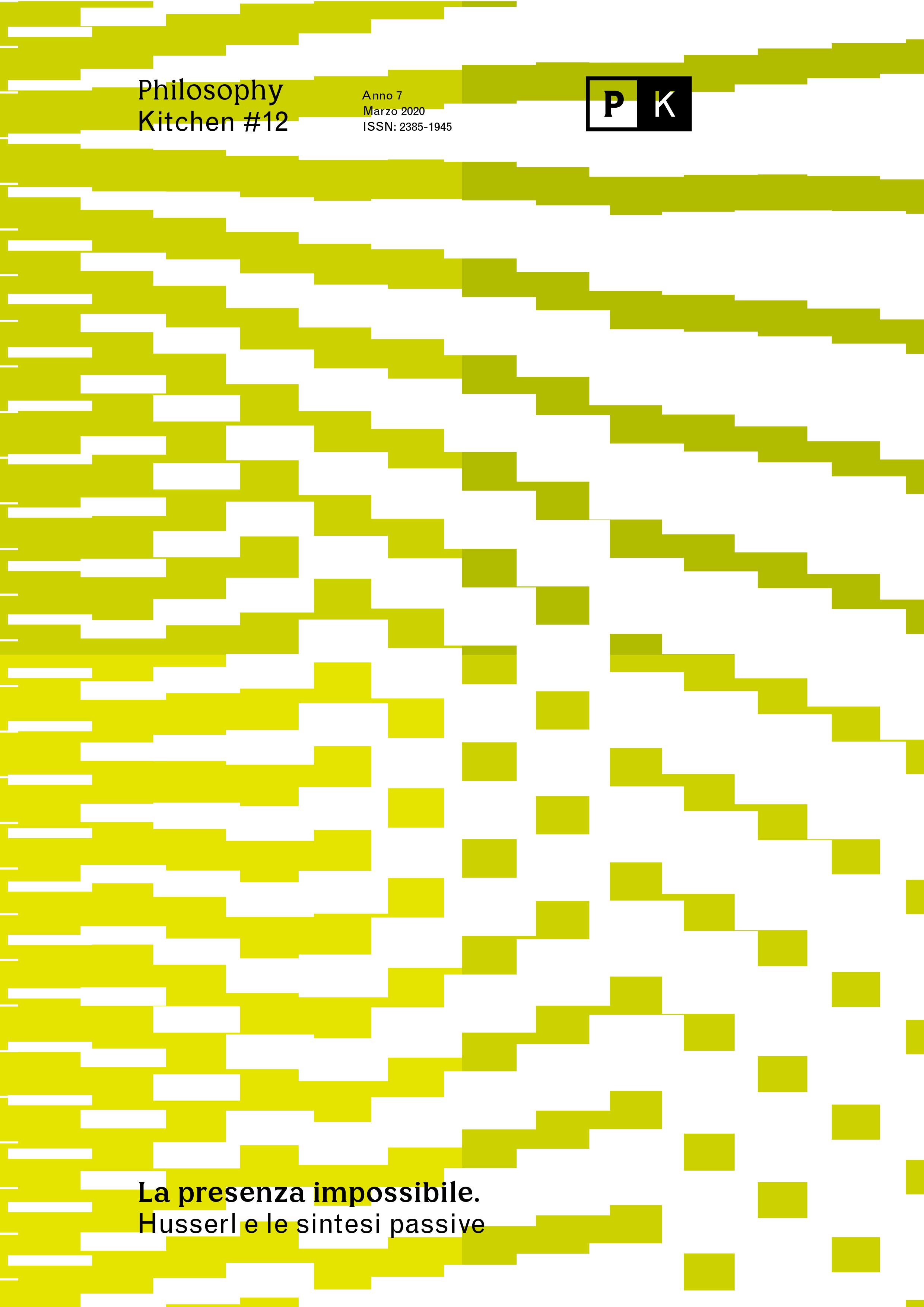Impossible Presence, Necessary Absence: Aporia, Diaporia and Euphoria of Analysis. Husserliane on passivity
DOI:
https://doi.org/10.13135/2385-1945/4898Abstract
Is it possible to witness our own birth or be lucid while dreaming? Is it possible, Husserl questions since the 1920s, to describe the self-constitution of transcendental subjectivity? And if so, under what conditions? The same conditions that make the description of intentional acts possible? The Analyses concerning Passive Synthesis are lessons in which the transcendental sense of phenomenology is reformulated from the notions of passivity, sensation, matter, genesis, and receptivity. And yet, although “affection”, “life” and “unconscious” are terms to indicate the “other of consciousness”, the latter seems to come out strengthened, or élargie, even from the exploration of its subsoil. Husserl, in fact, recedes before the possibility of thinking a truly original passivity, that is, irrecoverable in any further activity. But is this inhibition dissolvable? And is the outcome, in many ways similar to a déjà-vu, in which the analyses of passivity are resolved, avoidable by remaining within the phenomenological horizon? The purpose of this paper is to answer these questions by illustrating what, for convenience, can be called aporia, diaporia and euporia of the Analysen Zur Passiven Synthesis, i.e. 1. the paradoxality of the challenge; 2. its crossing mediated by the passage into something different; 3. its solution.





